
Every week a dozen young people pass through my home for piano lessons. I help little fingers push black and white keys so that they make beautiful music. At the end of each lesson–if the student has reached the practice goals–I give him or her a small prize.
And every week the parents remind their children, “What do you say?”
“Thank you.”
Why do we always have to be reminded to say thank you?
When Jesus healed the ten lepers in the Bible, only one returned to say, “Thank you” (Luke 17:11-19).
In the Old Testament, King Jehoshaphat appointed a special group of people to sing to the Lord and to remind the people of Israel, “Give thanks to the Lord, for His steadfast love endures forever” (1 Chronicles 20:20-21).
The Bible reminds all of us to say, “Thank you.” The book of Psalms alone has fourteen verses with the command, “Give thanks to the Lord.”
I, too, need reminders. My prayers more often resemble a to-do list for God than a litany of thanks.
Often I take God’s blessings for granted. As I write this, I am especially thankful for my furnace. My daughter lives in a part of China where they do not have central heat. Even though they have space heaters, sometimes the temperature in their apartment only gets up to 54 degrees! Here in Chicago, the temperature outside today is only 20 degrees. Without our furnace, we would be shivering. Yet, I often forget to thank God for the luxury of central heat.

The Spiritual Discipline of Gratitude is another form of prayer. This discipline opens my eyes to all the blessings God has already given. It helps me appreciate God as the Giver of Blessings and to remember His generous, loving character. Instead of continually wanting more, I find I have enough. Gratitude leads to contentment.
Here are some simple ways to practice Gratitude this week:
- Keep a gratitude journal. Each day, write down three things for which you are thankful.
- Thank God for the little things. Thank Him for your furnace (or your air conditioner, depending on what you need today!). As you go through your day, thank Him for your comfortable bed, your coffee maker, your amazing cell phone.
- Use social media. Use this modern tool for good! Each day post a picture of something you are thankful for.
- Try Bible journaling. Record prayers of thanksgiving in the margins of your Bible next to verses on giving thanks. Put a date beside the prayers as a record of God’s faithfulness throughout your life.
- Make your own gratitude psalm. Read Psalm 136 and use it as a model to thank God for all He has done in your life.
I pray that I will not be like my piano students who need to be reminded every week to say, “Thank you.” God has given me so many blessings. May I forever praise Him for His gift of eternal life. May I thank Him for His abiding presence. May I express my gratitude for gifts large and small.
Next step: Download this resource with Scriptures about gratitude. Read and meditate on these verses. Decide how you would like to practice this Spiritual discipline this week. If you choose to keep a gratitude journal, the resource has a place for you to record your thanksgiving.

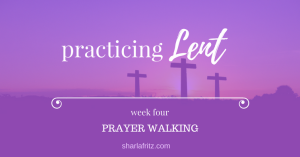
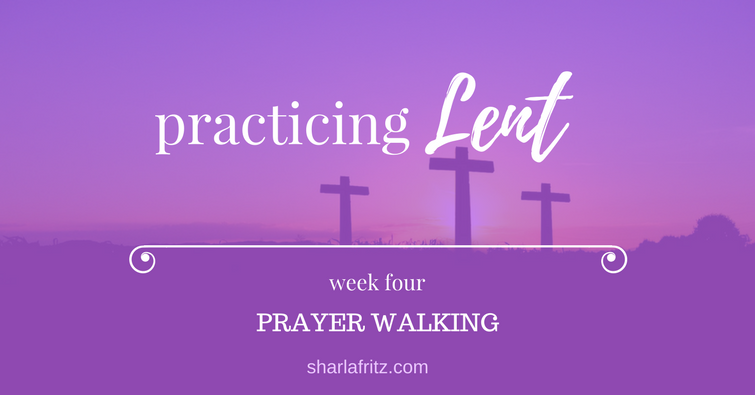







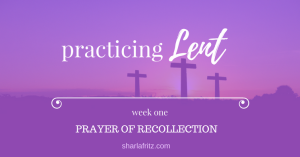
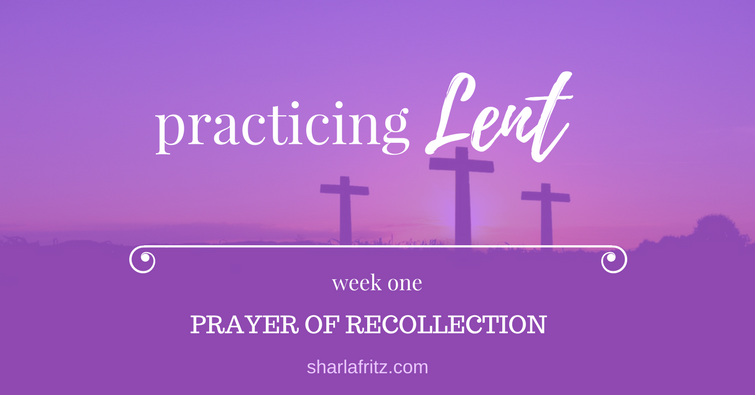

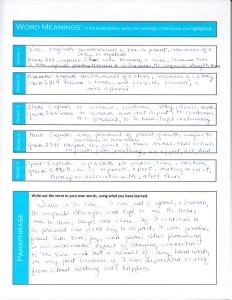


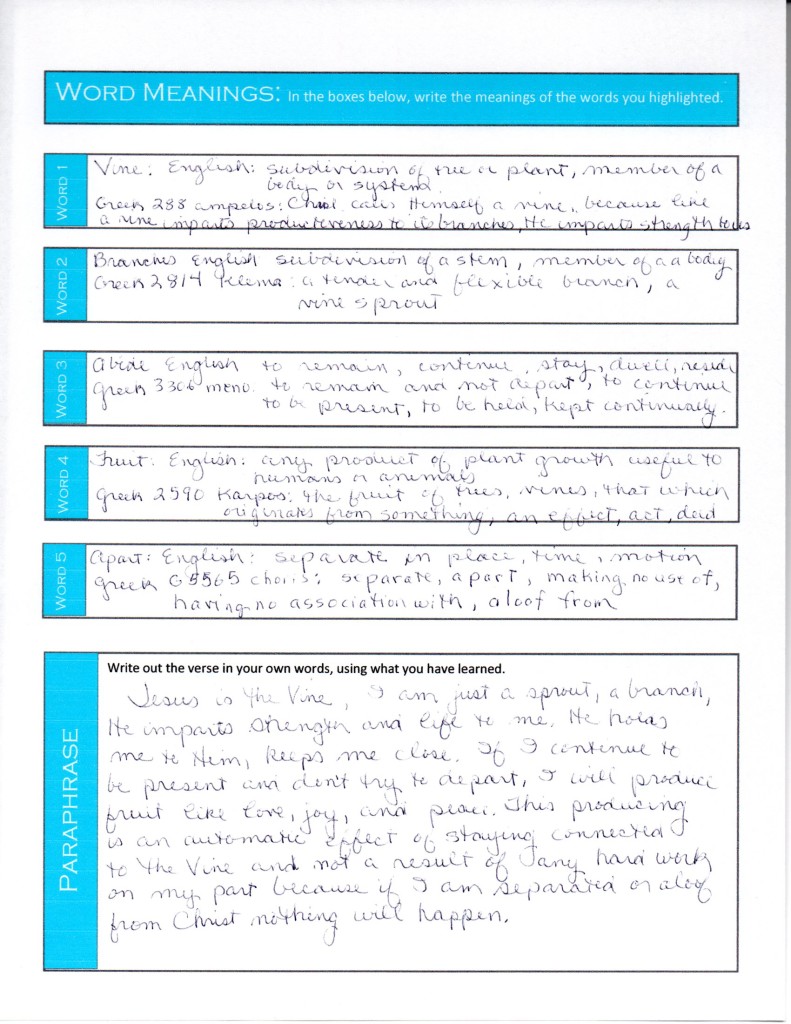
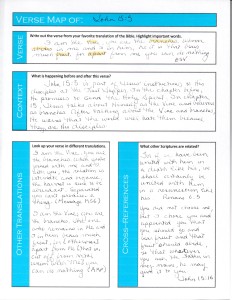


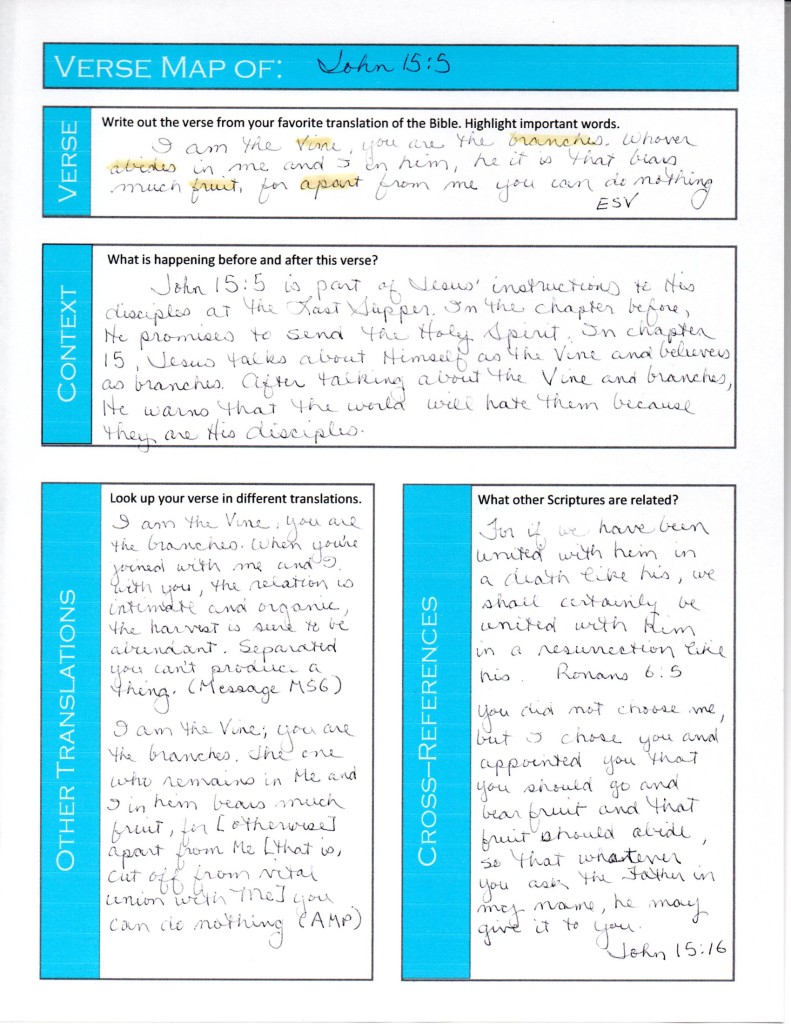
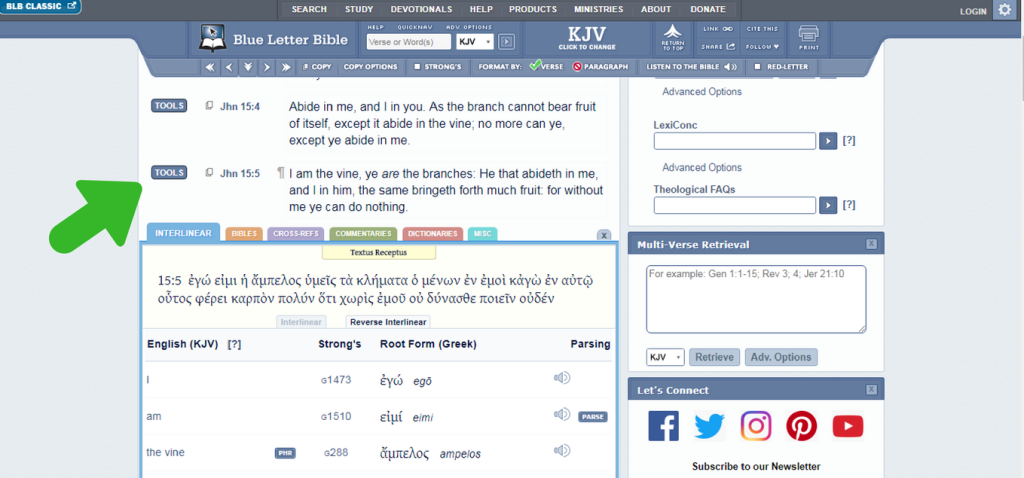
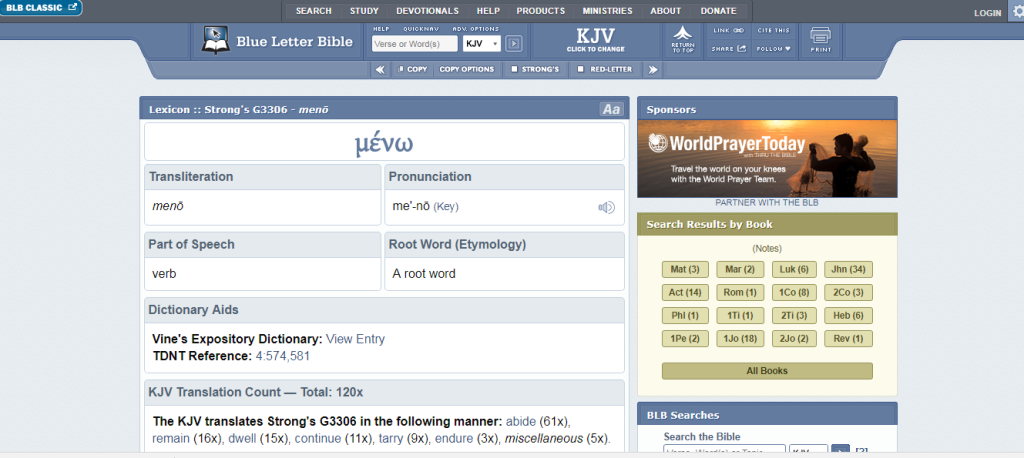
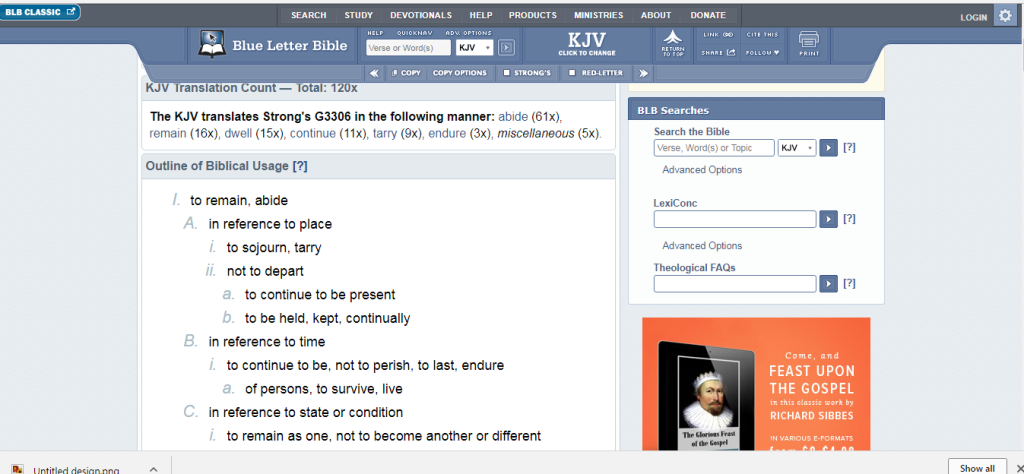
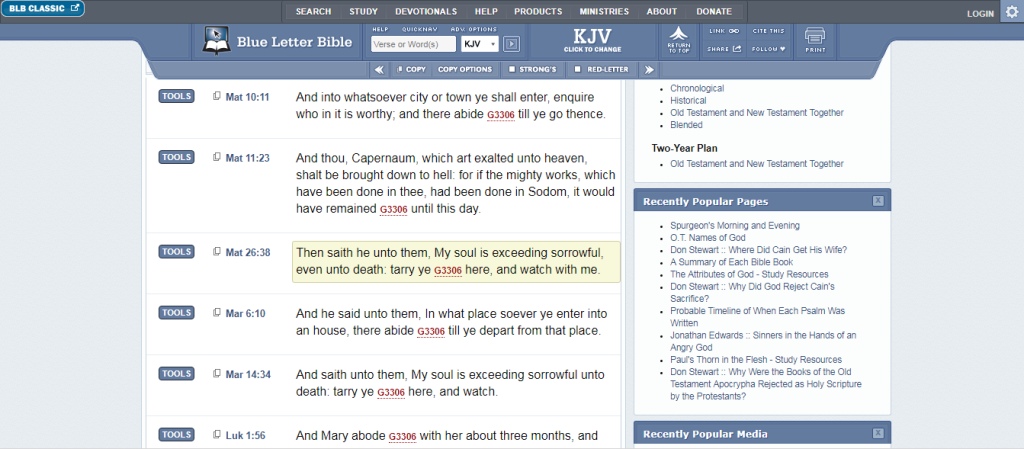
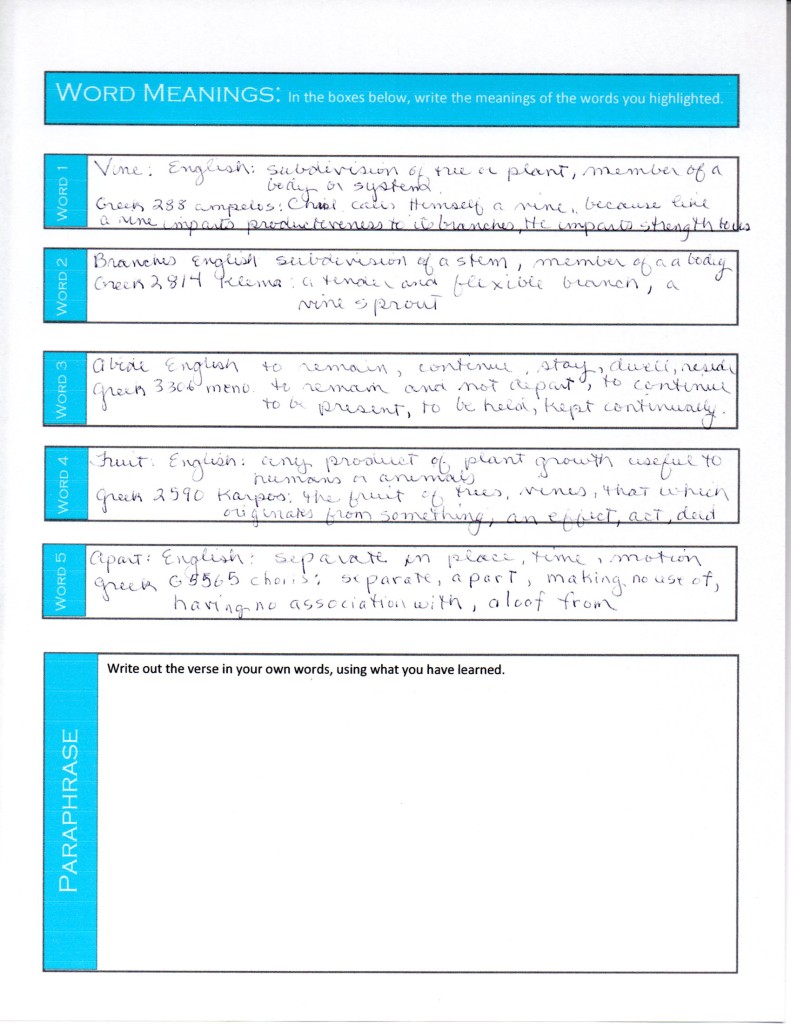
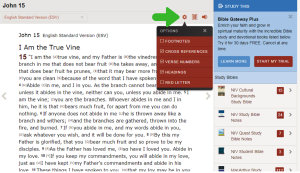


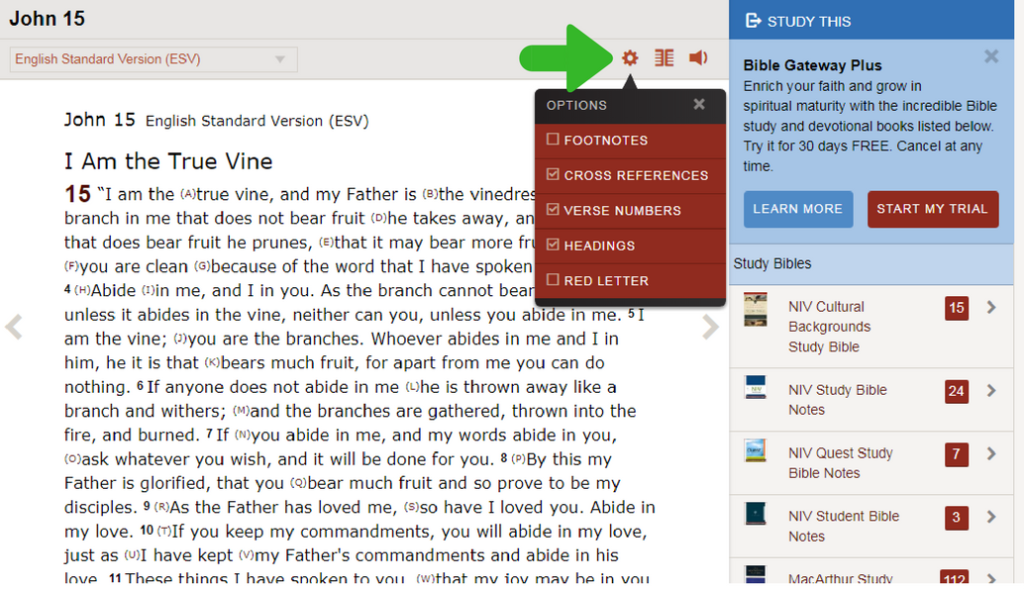
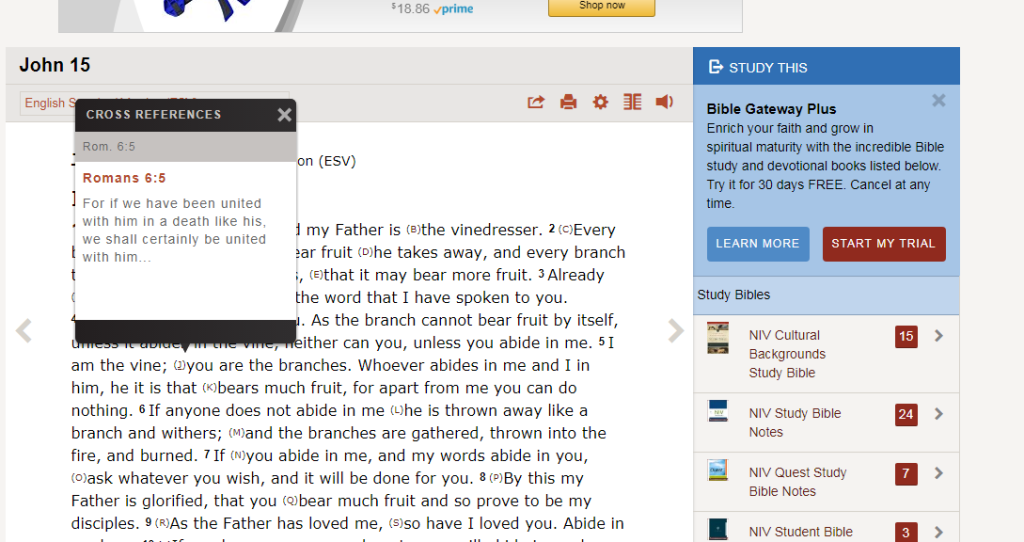
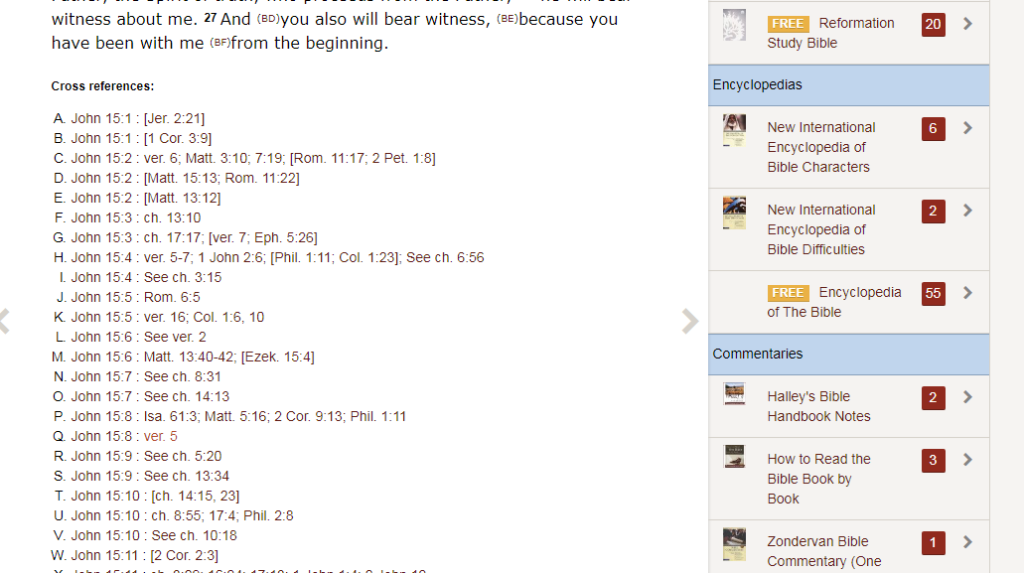
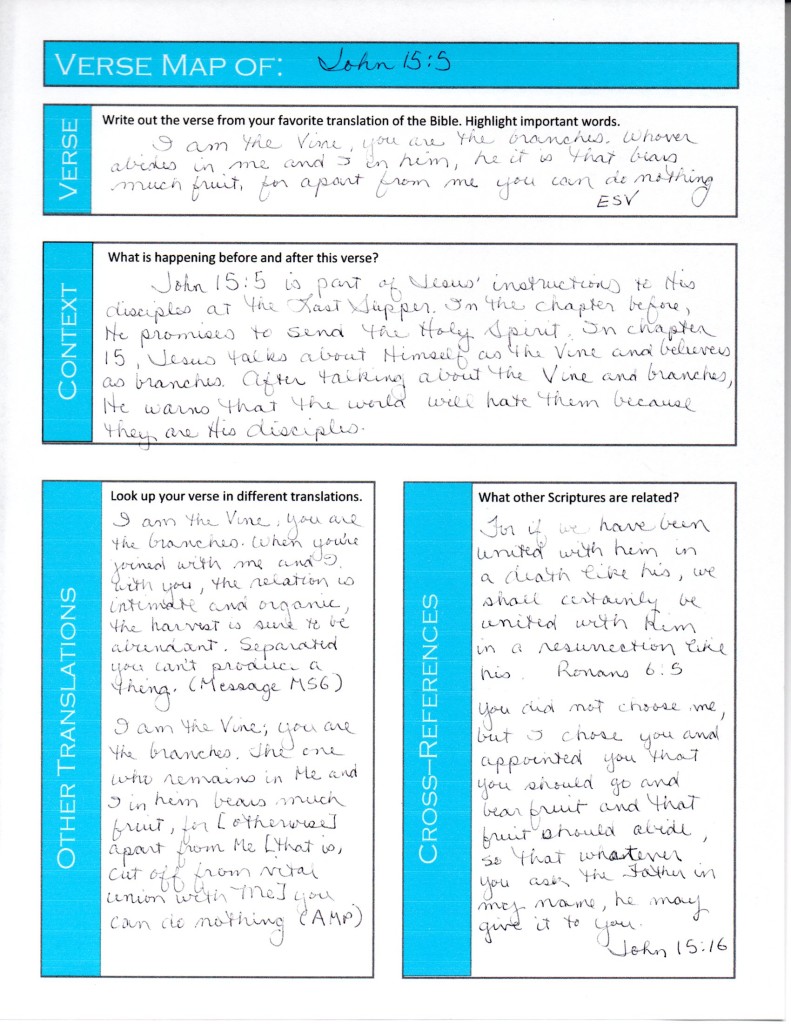
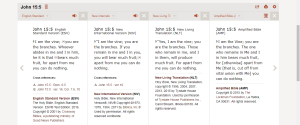


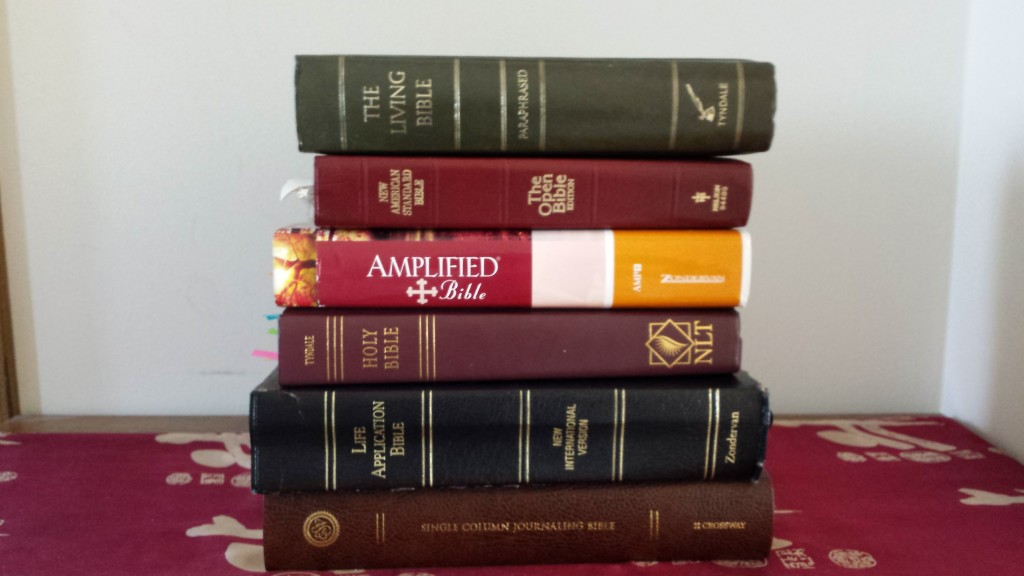

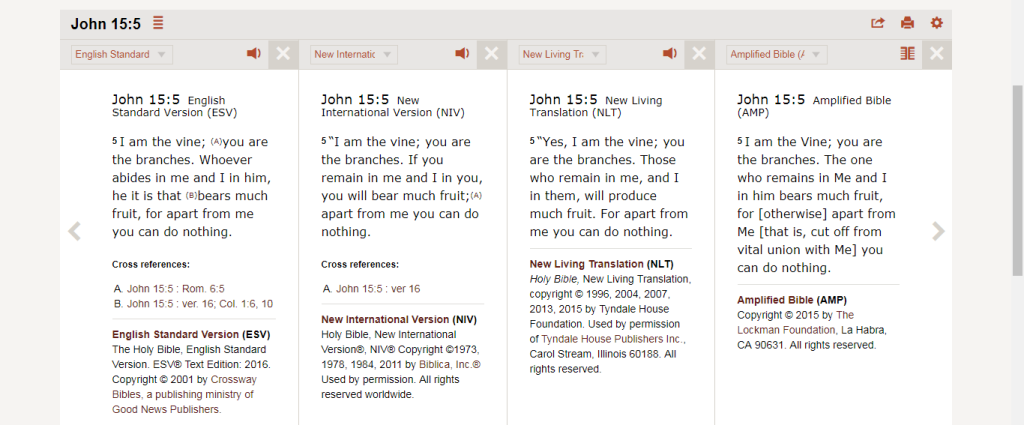
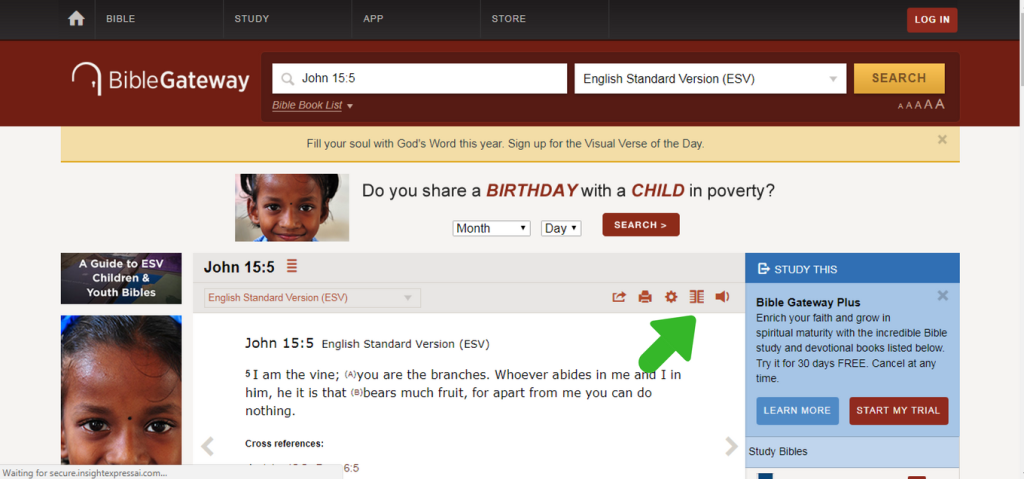
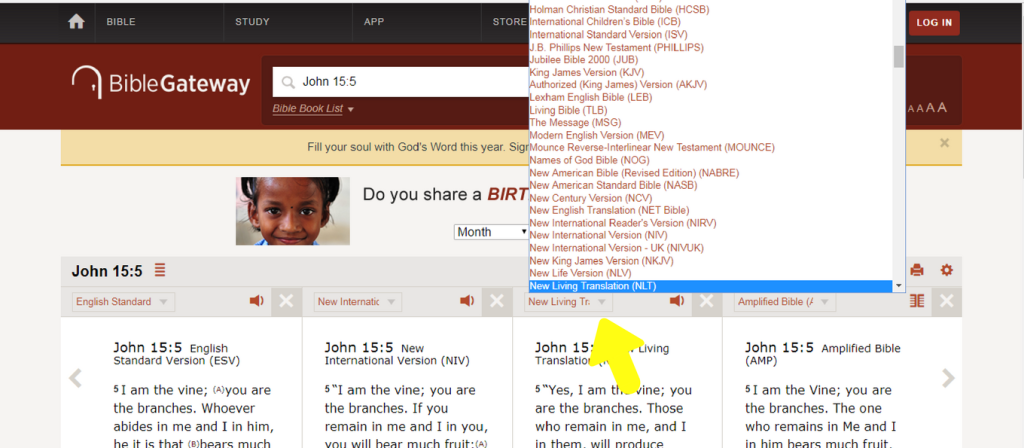
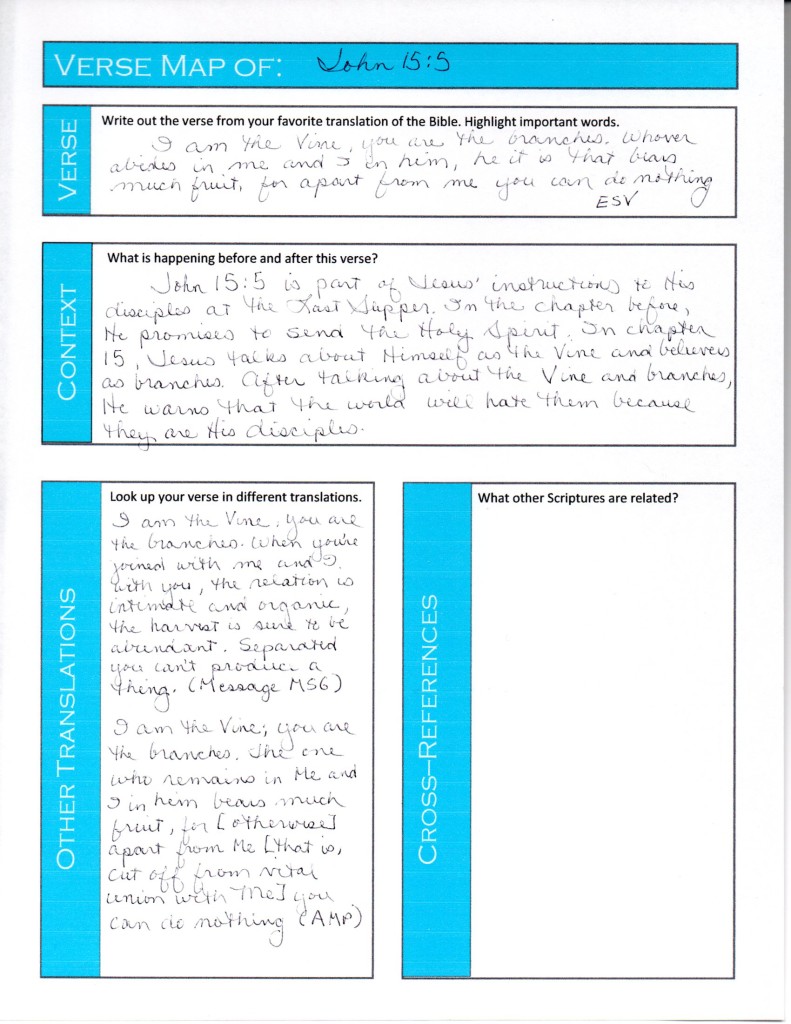



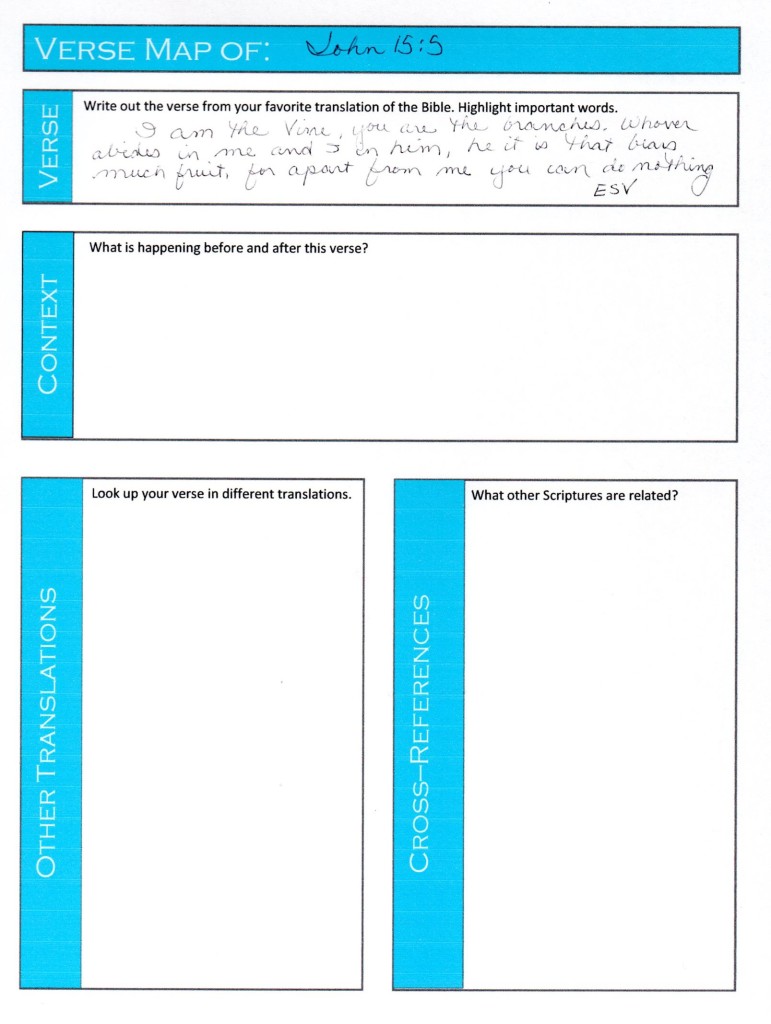
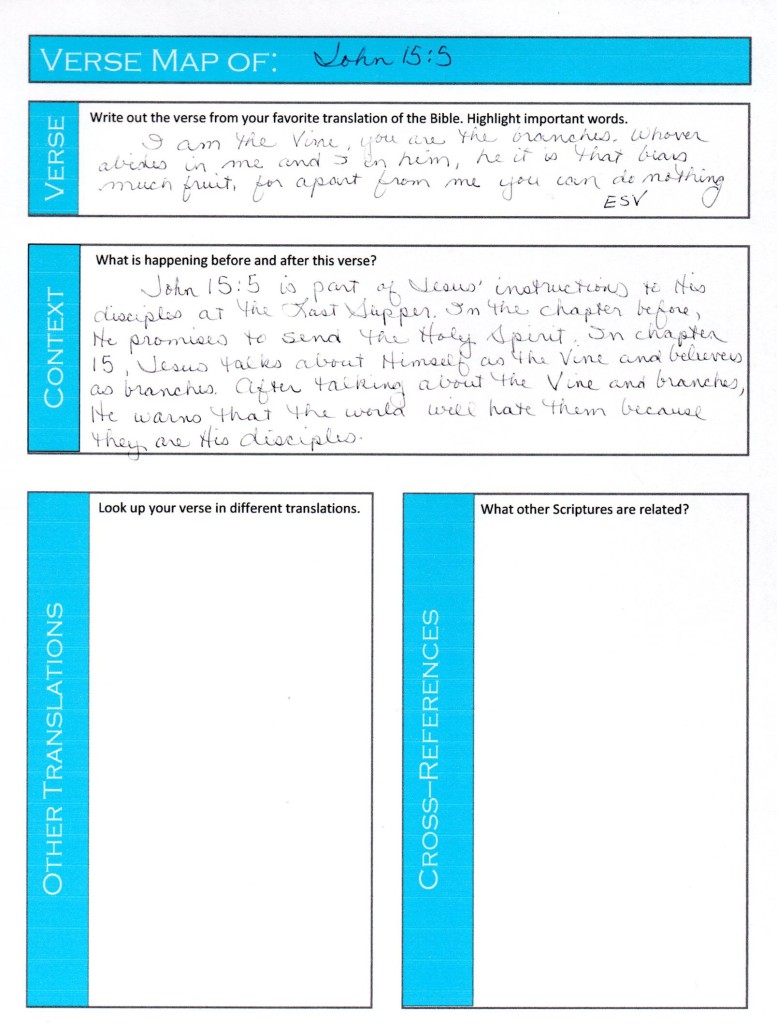
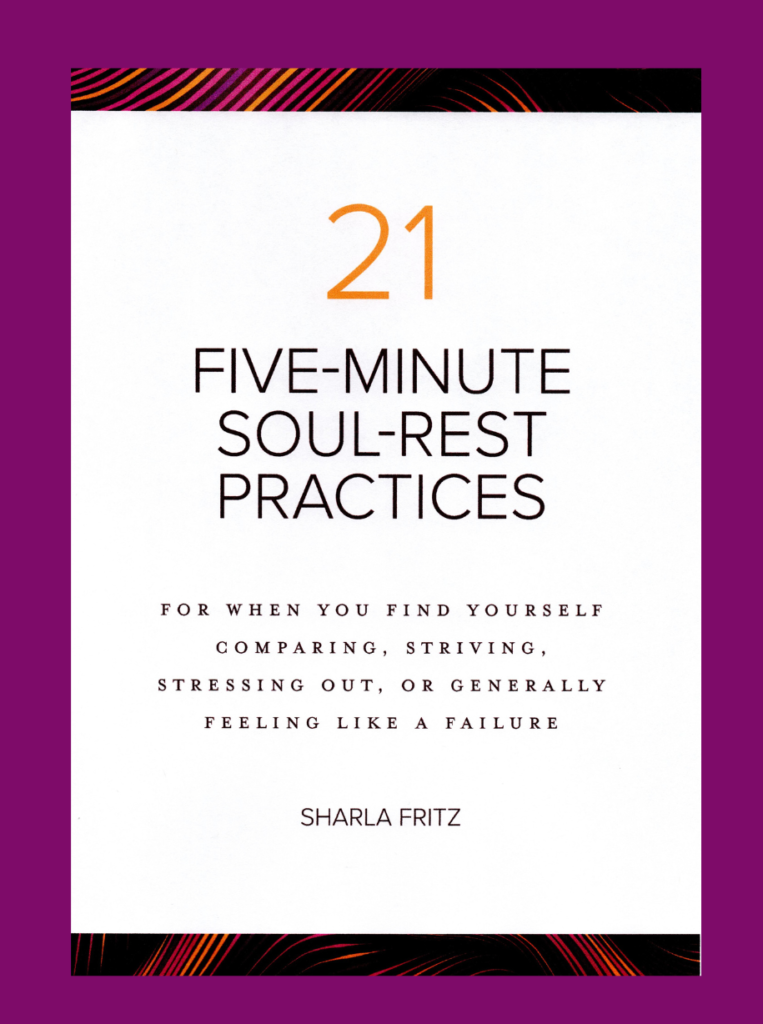
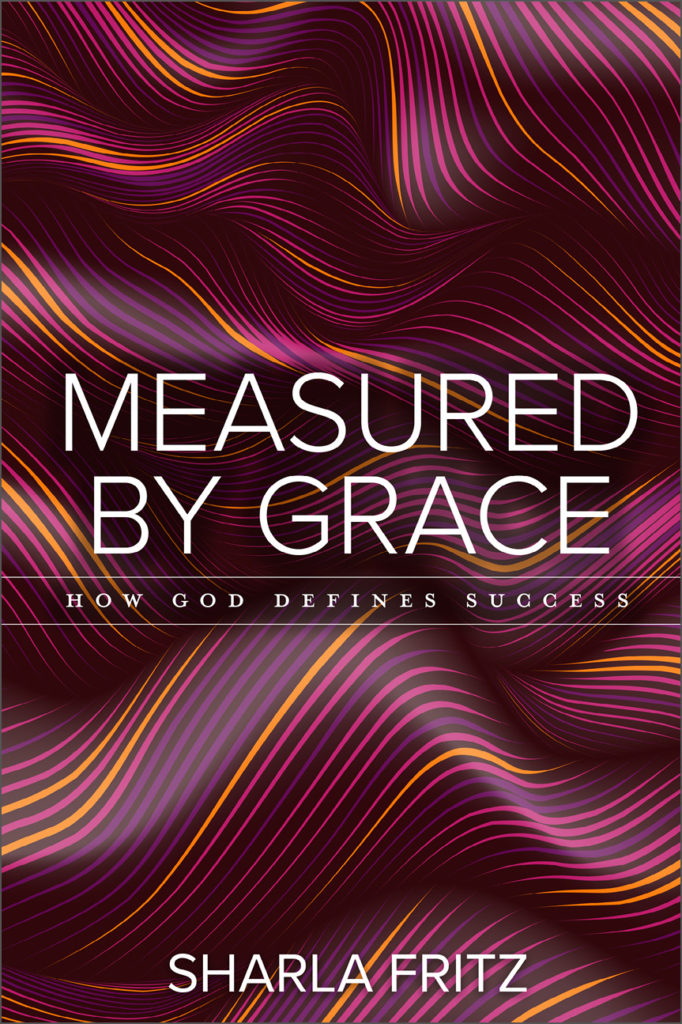

Follow Me!